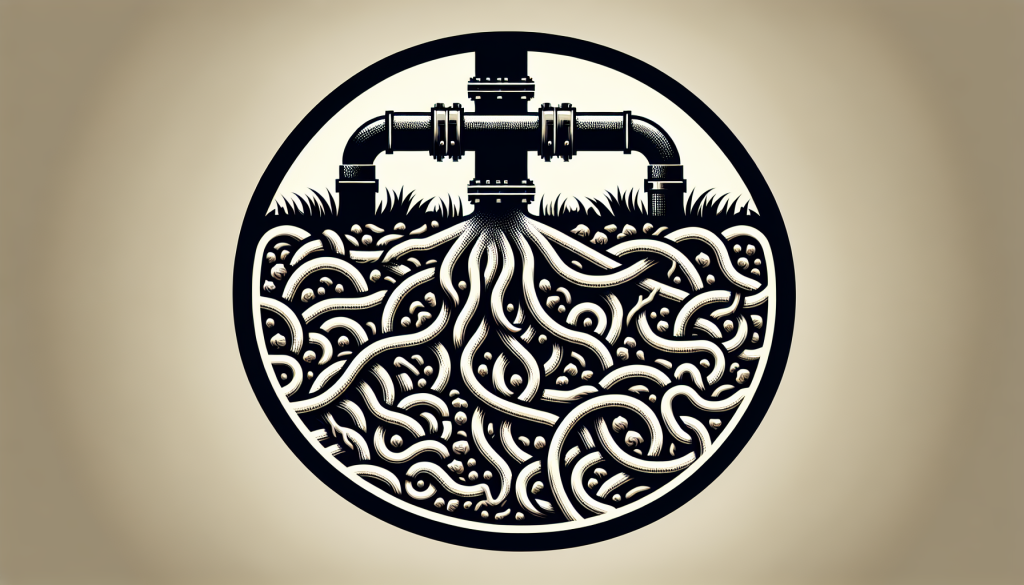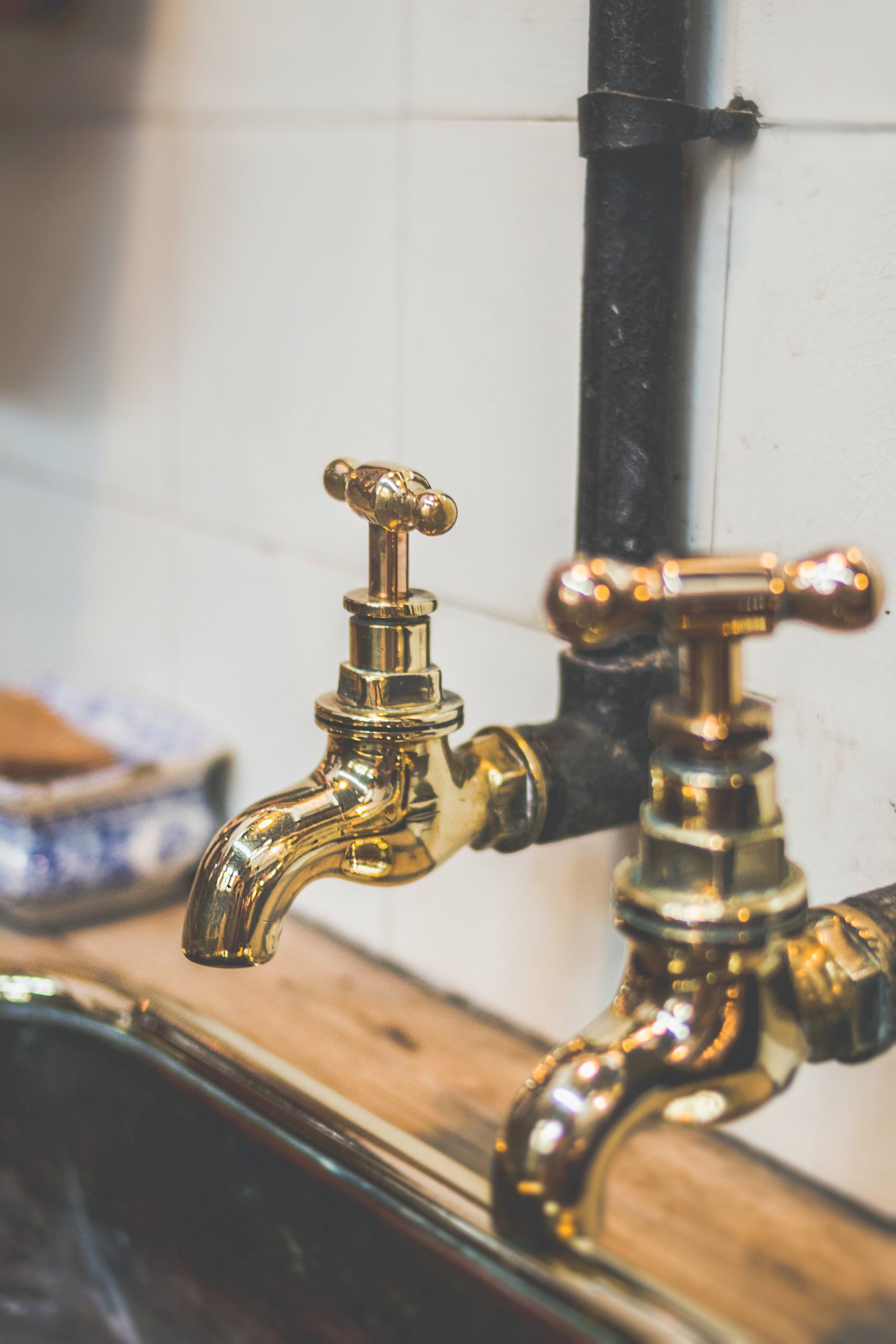“Soil Movement and Clogging: A Common Problem in Plumbing Drain Pipes” sheds light on an often overlooked issue that can cause significant damage to your main plumbing drain pipes. The article discusses the problem of soil movement and settling, which can lead to the deformation or sinking of pipes, creating cavities where debris and solid waste can accumulate. The author emphasizes the importance of detecting this problem early on and seeking professional help to accurately diagnose the issue and determine the necessary repairs. Additionally, the article warns against relying solely on one source of information, highlighting the need for thorough research and expert advice when dealing with plumbing problems.
The article provides a detailed explanation of how a sag in the pipe can occur due to soil movement, causing sediment to accumulate at the bottom and potentially resulting in clogs. It also emphasizes the need for the pipes to be straight and filled with an approved backfill material during repairs, as well as considering the replacement of the entire pipe if it is old. By addressing common misconceptions and offering practical advice, the article aims to educate readers about the potential dangers of soil movement and clogging in plumbing drain pipes, urging them to take proactive measures and seek professional assistance when necessary.
Soil Movement and Clogging: A Common Problem in Plumbing Drain Pipes
Plumbing issues are never fun to deal with, and unfortunately, there are many potential problems that can arise. One often overlooked issue is soil movement and clogging in plumbing drain pipes. This problem can be difficult to diagnose and even more challenging to fix, but it’s essential to address it promptly to prevent further damage and costly repairs.
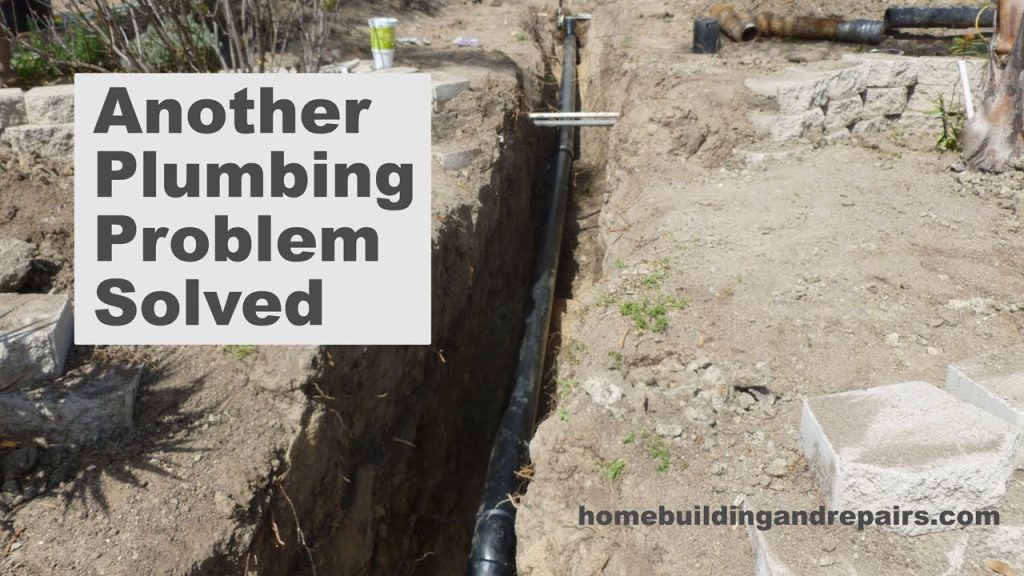
Causes of Soil Movement in Plumbing Drain Pipes
Soil movement in plumbing drain pipes can occur due to various factors. One common cause is improper trenching during the installation of the pipes. If the trench was over-dug or not adequately filled with approved backfill material, the soil surrounding the pipes may shift and settle over time. This movement can lead to deformations or even a sinking in the pipes, disrupting the straight path to the sewer.
Excessive movement of soil in the area can also contribute to soil movement in plumbing drain pipes. If the soil is continuously shifting or sinking, it can pull the pipes down with it, creating a sag or dip in the pipe. These deformations and dips provide a perfect place for sediment to accumulate, leading to potential clogging issues.
Effects of Soil Movement on Plumbing Drain Pipes
When soil movement occurs in plumbing drain pipes, it can have several detrimental effects. Firstly, the deformation or sinking of the pipes can disrupt the straight line from the house to the sewer. This can create pockets or cavities where debris and solid waste can accumulate, further worsening the clogging issue.
Additionally, the presence of solid waste and debris in these pockets can cause the pipes to clog more easily. Over time, sediment may accumulate at the bottom of the dips or deformations in the pipes, gradually obstructing the flow of water and waste. This can result in slow drains, backups, or even complete blockages if left untreated.
How Soil Movement Leads to Clogging in Plumbing Drain Pipes
Soil movement in plumbing drain pipes can directly contribute to clogging by creating areas where sediment and debris can accumulate. As water and waste flow through the pipes, any solid particles will naturally settle at the bottom of the dips or deformations. Over time, this sediment buildup can become thick enough to obstruct the smooth flow of water, leading to clogs.
In addition to sediment, solid waste can also become trapped in these pockets created by soil movement. This combination of debris and waste further compounds the clogging issue, making it increasingly challenging for water and waste to pass through the pipes freely.
Signs of Soil Movement and Clogging in Plumbing Drain Pipes
Distinguishing between soil movement and clogging in plumbing drain pipes can be challenging without the help of a professional. However, certain signs may indicate that there is a problem that needs to be addressed. One common indicator is the presence of water backing up or draining slowly from the pipes. If you experience frequent backups or notice that water takes longer to drain, it may be a sign of soil movement and subsequent clogging.
Another telltale sign is recurring clogs in specific areas of the plumbing system, especially if they persist even after snaking or clearing the pipes. If you notice sediment or debris in your pipes, it’s essential to address the underlying cause to prevent further issues.
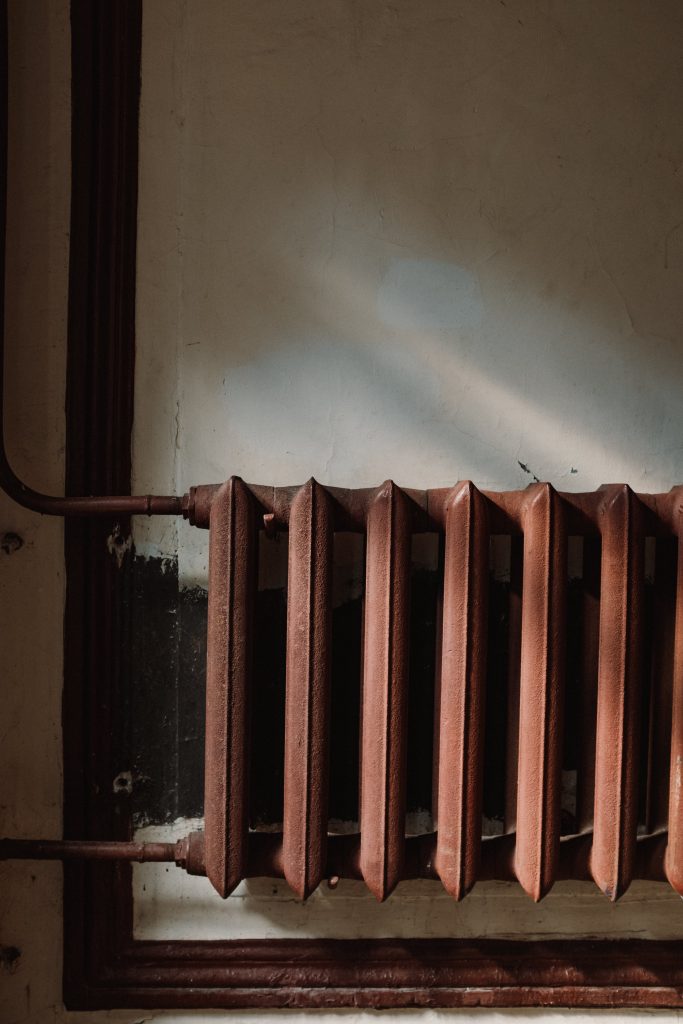
Diagnosing Soil Movement and Clogging in Plumbing Drain Pipes
Diagnosing soil movement and clogging issues in plumbing drain pipes can be a complex task. While it may be tempting to attempt a DIY solution, it is usually best to seek professional help. Plumbers experienced in diagnosing and repairing plumbing issues will have the necessary knowledge and equipment to pinpoint the problem accurately.
A professional plumber can use specialized tools such as plumbing cameras or scopes to inspect the pipes and identify any deformations or areas of soil movement. They can also determine the location of the pipes and provide guidance on how to excavate the soil effectively, if necessary. Even if you plan to tackle the repair yourself, consulting with a professional can provide valuable insight and save you time and frustration.
The Importance of Professional Help in Diagnosing Soil Movement and Clogging
The issue of soil movement and clogging in plumbing drain pipes should not be taken lightly. While it may be tempting to attempt DIY repairs, dealing with such complex plumbing problems necessitates the expertise of a professional. Professional plumbers have the experience and knowledge to assess the situation accurately and provide effective solutions.
By consulting with a professional, you can ensure that the problem is accurately diagnosed, preventing any further damage or unnecessary repairs. They can guide you through the necessary steps to excavate the soil, repair the pipes, and prevent future issues. While it may involve an additional cost, investing in professional help can save you money in the long run by avoiding potential mistakes or incomplete repairs.
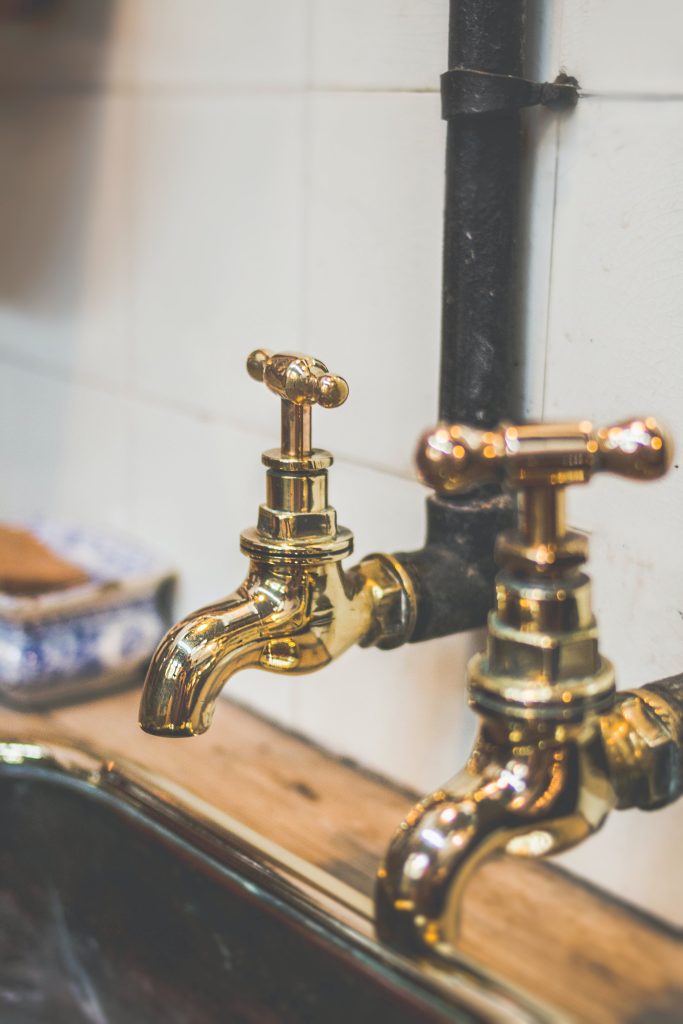
Repairing Soil Movement and Clogging in Plumbing Drain Pipes
Repairing soil movement and clogging in plumbing drain pipes requires specific steps to restore the proper functionality of the system. One crucial aspect of the repair process is ensuring that the pipes are straight. Any deformations or sagging in the pipes must be corrected to prevent further accumulation of sediment and debris.
To support the pipes and prevent future sagging, it is vital to fill the area underneath them with approved backfill materials. Commonly used materials include crushed stone or gravel, but it is essential to consult with local building departments or contractors to determine the best options for your area. Proper backfilling will provide stability and structural support to the repaired section of the plumbing drain pipes.
The Importance of Straight Pipes in Plumbing Drain Pipe Repair
Ensuring that the pipes are straight during the repair process is crucial for preventing future clogging and drainage issues. Straight pipes allow for the smooth flow of water and waste, minimizing the chances of sediment or debris buildup. By correcting any sagging or deformations in the pipes, you can restore the proper function of the plumbing drain system and prevent recurrent clogs.
While it may be tempting to only replace the damaged section of the pipe, it is wise to consider replacing the entire pipe if it is more than 20 years old. This prevents potential problems in other areas of the plumbing system and provides a fresh start with a new, reliable pipe.

Approved Backfill Materials for Plumbing Drain Pipe Repair
When filling the area underneath the repaired pipes, it is crucial to use approved backfill materials to provide stability and support. Crushed stone and gravel are commonly used choices, as they have good drainage properties and help prevent future settling. However, it is essential to consult with local building departments or contractors to ensure that the selected backfill materials adhere to the regulations and requirements of your area.
Using approved backfill materials not only supports the pipes but also promotes proper drainage and prevents the accumulation of soil or debris underneath them. Thoroughly researching and utilizing the correct backfill materials is vital for a successful and long-lasting repair.
Considerations for Replacing Plumbing Drain Pipes
When faced with soil movement and extensive clogging issues in plumbing drain pipes, it is crucial to consider the possibility of replacing the entire pipe. While it may be more costly upfront, replacing the entire pipe can save you from recurring problems and potential additional repairs in the future.
If your plumbing drain pipe is over 20 years old or if there are significant deformations or sagging in multiple areas, replacing the entire pipe may be the best course of action. By investing in a new plumbing system, you can enjoy the benefits of improved functionality, reduced clogging issues, and increased peace of mind.
In conclusion, soil movement and clogging in plumbing drain pipes are common problems that can cause significant issues if left unaddressed. By understanding the causes, effects, and solutions to these problems, you can take appropriate steps to diagnose and repair any issues. Seeking the help of a professional plumber can provide invaluable expertise and guidance throughout the process, ensuring a successful and long-lasting resolution to your plumbing woes. Remember, investing in professional help and considering complete pipe replacement can save you from future headaches and expenses.
